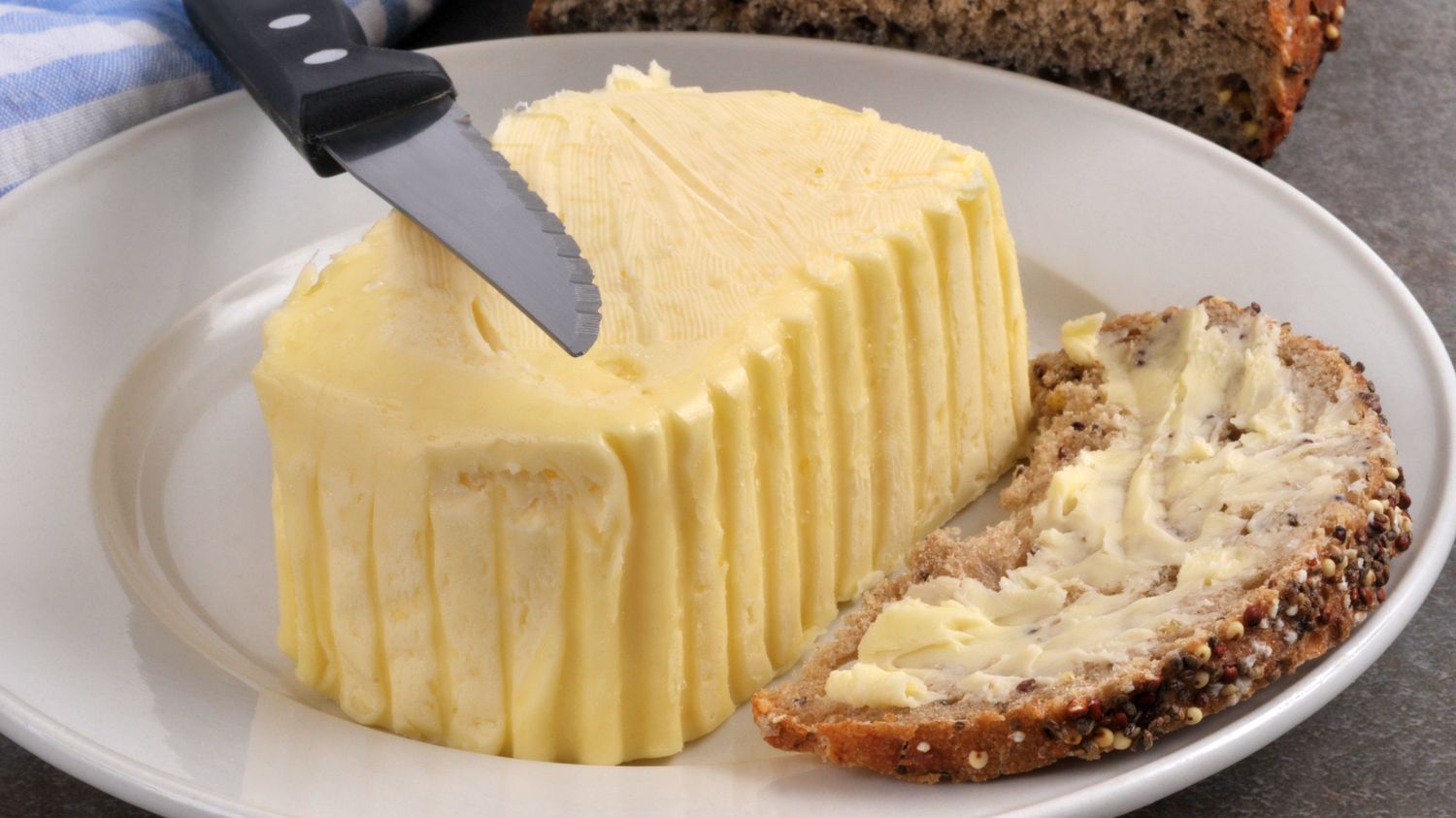The French love butter, and are the leading consumers in the world. But how do you know which butter to choose?
Published
Reading time: 3 min

First we must understand that if the French are the biggest eater of butter in the world – 8 kilos on average each year – it is quite simply because we are a country of livestock. And the first criterion for making good butter is to produce good milk. For Geoffroy Champin of the Chalotterie farm in Seine-et-Marne, everything starts from the breed of the cow:
“You need animals that can move and graze. Then, the cows need to eat grass outdoors, for as long as possible in the season, and in winter, have grass hay and alfalfa. Finally, I practice single milking (only one milking per day) to give the fat globules time to form in the udder.”
Thus, Geoffroy Champin obtains exceptional butter, unpasteurized raw butter which he sells in delicatessens or to great starred chefs.
How is butter made?
Small reminder, to obtain butter, it is necessary to skim the milk in order to separate the cream from the protein part, then to let this cream mature with lactic ferments, to cool it and to churn it: in other words to beat it to expel the liquid part (buttermilk) and keep only the globules of fat which are then kneaded into lumps.
Salted or semi-salted, raw (unheated milk), pasteurized (heated cream), low-fat or churned the old-fashioned way, it’s all a question of taste and use. Patrick Cadour, author of the book Butter, 10 ways to prepare itpublished by Épure, reminds us: “Butter is used for frying, especially when it is clarified, it is used in stuffings (like snail butter), it is the basis of sauces (hollandaise, béarnaise, etc.) and spread on toast, it remains the very essence of our breakfasts.”
Finally, note that there are 3 AOP butters, of protected origin: Isigny, Charentes-Poitou and Bresse, butters produced in their terroirs, according to traditional know-how.
